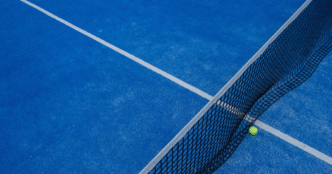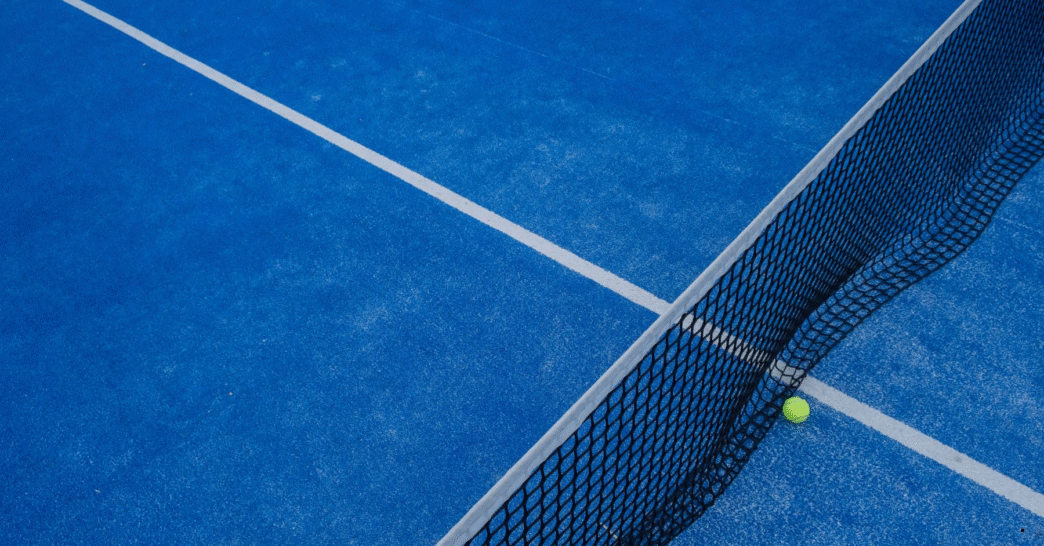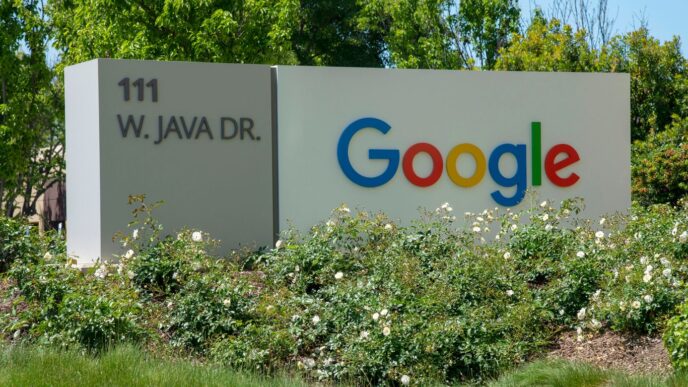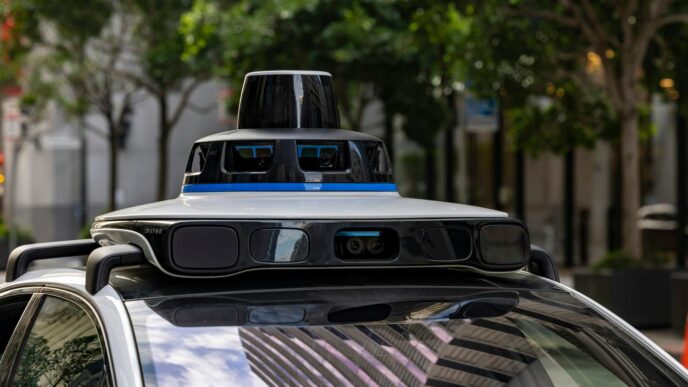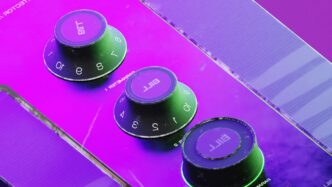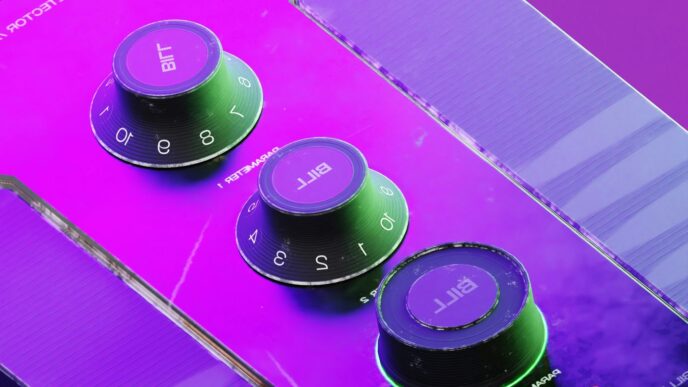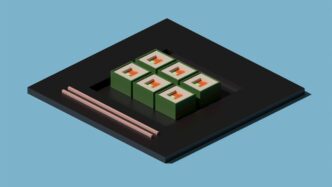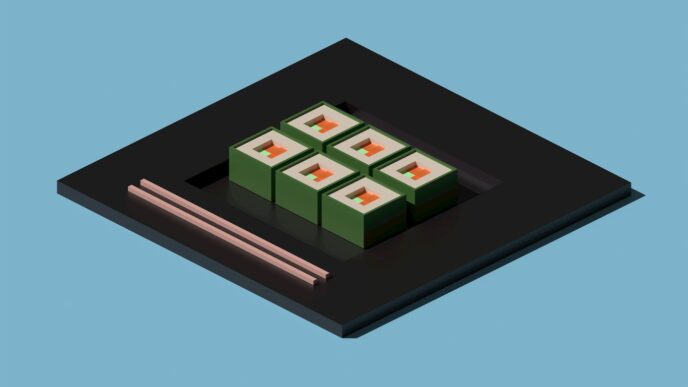The flooring of a tennis court plays a crucial role in how the game is played, how players move, and how long the court lasts. From recreational setups to professional-level surfaces, the right tennis court flooring ensures safety, performance, and longevity.
Whether you’re planning to build a tennis court for a school, sports club, home, or tournament facility, this in-depth guide will help you understand the different types of tennis court flooring, their pros and cons, installation methods, and maintenance tips.
✅ 1. Importance of Tennis Court Flooring
The playing surface directly affects:
- Ball speed and bounce
- Player movement and footwork
- Injury risk
- Weather resistance
- Overall playing experience
That’s why choosing the right flooring is critical for any tennis court project.
🧱 2. Types of Tennis Court Flooring
1. Acrylic Hard Courts (Synthetic)
Features:
- Most commonly used worldwide
- Layers of acrylic resin over asphalt or concrete
- Can be textured for grip
Pros:
- Uniform bounce
- Low maintenance
- Customizable cushioning levels
- UV and weather-resistant
Cons:
- Hard surface can be tough on joints
- Gets hot in sunny weather
Best For:
- Schools, clubs, public parks, and professional tournaments (e.g., US Open)
2. Clay Courts
Features:
- Made from crushed shale, stone, or brick
- Slower ball bounce
- Promotes long rallies
Pros:
- Softer on joints
- Lower risk of injuries
- Players slide, reducing impact on legs
Cons:
- High maintenance (needs watering and rolling)
- Affected by rain and wind
- Slower play may not suit all levels
Best For:
- Training academies, clubs, and traditional tournaments (e.g., French Open)
3. Grass Courts
Features:
- Natural grass on hard-packed soil
- Fastest surface, low bounce
Pros:
- Soft and comfortable to play on
- Classic look and feel
- Great for serve-and-volley players
Cons:
- Expensive and labor-intensive maintenance
- Affected by weather (especially rain)
- Short playing season
Best For:
- Premium venues, historic clubs (e.g., Wimbledon)
4. Artificial Turf (Synthetic Grass)
Features:
- Resembles natural grass
- Infill materials (sand or rubber) for cushioning
Pros:
- Lower maintenance than real grass
- All-weather usability
- Softer on knees and ankles
Cons:
- Bounce can vary based on infill
- Can wear out quickly under heavy use
Best For:
- Private courts, indoor facilities, multipurpose areas
5. Cushioned Courts (PU / Rubberized / Modular Tiles)
Features:
- Polyurethane or rubber-based layers for shock absorption
- Modular tile systems also available
Pros:
- Shock-absorbing, reduces injuries
- Customizable hardness
- Weatherproof and low maintenance
Cons:
- Higher installation cost
- May require professional installation
Best For:
- Professional training, senior players, multi-use sports complexes
📏 3. Standard Tennis Court Dimensions (for reference)
- Length:77 meters (78 feet)
- Width:
- Singles: 8.23 meters (27 feet)
- Doubles: 10.97 meters (36 feet)
- Run-off area:Minimum 3.66 meters (12 feet) behind baseline and 3.05 meters (10 feet) on each side
🎯 Total recommended area: 36.58m x 18.29m (120 ft x 60 ft)
🏗 4. Installation Process
Step-by-Step Overview:
- Site Preparation
- Level the ground, ensure proper drainage
- Lay foundation (asphalt or concrete)
- Surface Installation
- Apply base coat (primer or cushioning)
- Apply multiple acrylic or polyurethane layers
- Paint lines with non-skid court paint
- Drying & Curing
- Allow 5–7 days before play (depending on materials used)
- Add Accessories
- Net posts, fencing, lighting, and seating
💰 5. Cost of Tennis Court Flooring (India Estimates)
| Item | Cost Range (INR) |
| Site Preparation | ₹80,000 – ₹2,00,000 |
| Acrylic Surface (Standard) | ₹180 – ₹300 per sq. ft. |
| Synthetic Turf | ₹250 – ₹400 per sq. ft. |
| Clay Surface | ₹3 – ₹5 Lakhs total |
| PU/Rubber Cushioned | ₹400 – ₹700 per sq. ft. |
| Grass Surface (Natural) | ₹6 – ₹10 Lakhs+ |
| Net Posts & Accessories | ₹20,000 – ₹60,000 |
| Total Project Cost | ₹6 – ₹20 Lakhs+ |
📌 Prices vary based on size, location, surface type, and labor rates
🛠 6. Maintenance Tips
- Acrylic Courts:Clean with water and mild detergent, repaint lines every 3–4 years.
- Clay Courts:Daily brushing, weekly rolling, and moisture control.
- Grass Courts:Frequent mowing, watering, and seasonal reseeding.
- Turf/PU Courts:Occasional brushing, remove debris, monitor seams.
🧼 A well-maintained court lasts longer and ensures optimal playing conditions.
🏡 7. Indoor vs Outdoor Tennis Court Flooring
| Feature | Indoor Courts | Outdoor Courts |
| Surface Type | PU, synthetic, acrylic on concrete | Acrylic, synthetic turf, clay |
| Climate Impact | Controlled environment | Affected by rain, sunlight |
| Usage | Year-round play | Seasonal use in some areas |
| Cost | Slightly higher (structure costs) | More budget-friendly |
🖼 8. Customization Options
- Color Schemes:Choose colors like blue/green (US Open) or clay red (French Open)
- Logos & Branding:Add club or school branding
- Lighting:LED floodlights for evening play
- Fencing:Chain link or mesh fencing for ball containment
- Drainage Systems:Crucial for outdoor courts
🎯 Conclusion
Selecting the right tennis court flooring depends on your goals, player skill levels, location, and budget. Whether you choose acrylic for fast play, clay for classic training, or cushioned synthetic for comfort and durability, a properly installed court will offer years of enjoyable and professional-quality play.
With thoughtful planning, expert installation, and regular maintenance, your dream tennis court can become a lasting asset for athletes and communities alike.

